Biblical Accounts of Linen and Flax Seed
The use of linen goes back to the earliest of times. Its use had been so widespread, that it cannot be determined where it was invented for use as clothing and medicine.
In the Bible, the word ‘linen’ occurs 104 times in 90 verses, and the word ‘flax’ occurs 11 times in 10 verses. Flax is the plant that is processed to make linen.
The tombs of the Pharaohs in Egypt show that linen was used as burial cloth, and its seeds were considered crucial to the afterlife; as a result, linen seeds have been found in the tombs. The Biblical account of Joseph in Egypt shows that he wore fine linen garments and was embalmed (mummified) in the usual Egyptian method after his death (Genesis Chapters 41-42 & Chapter 50). By New Testament times, linen was still being used for burials, as seen in the case burial of Jesus in Matthew 27, Mark 15, Luke 23 and John 20.
Flax was so important to Egypt during the time of Moses, that the Bible records its destruction during the plague of hail, along with other essential crops. The flax was in its full, ready-to-harvest boll (bud) stage when the plague of hail struck (Exodus Chapter 9). This must have been financially devastating to the farmers who had worked hard, waiting for a harvest.
The Canaanites were familiar with the use of linen, as evidenced in the Biblical account of Rahab in Joshua Chapter 2. The ancient method of processing flax into linen by soaking and then laying it out to dry enters the account of Joshua, as he and his men are hiding in the area on Rahab’s roof where the flax had been laid out to dry.
The Persian Empire, as recorded in Esther Chapters 1 and 8, used linen for decor and garments.
Even at the time of the Prophet Ezekiel, fine linen was still being exported from Egypt, and also Syria (Ezekiel 27). Flax was an extremely important crop, in fact so important that the prophets mention its destruction when listing other staples such as wool, bread and oil (Isaiah 19:19, 42:3; Hosea 2:9; Matthew 12:20 quotes Isaiah 42:3).
The Israelites in the wilderness, after fleeing Egypt were instructed by God to make linen garments for the priests, to weave the tabernacle curtains with twisted linen fibers of red, blue and purple to make the design of the cherubim, as well as plain linen for use as curtains surrounding the Holy Precinct (Exodus Chapters 28, 31, 35, 36, 38 and 39). Linen was used again in the curtains of the Temple built by Solomon (I Kings 10, II Chronicles Chapters 2 and 3), some of which was imported from Egypt. Solomon also used linen for his bedding (Proverbs 7:16). Ezekiel Chapter 44 describes that in the future temple built by the Jews in Jerusalem, the priests will again wear linen garments.
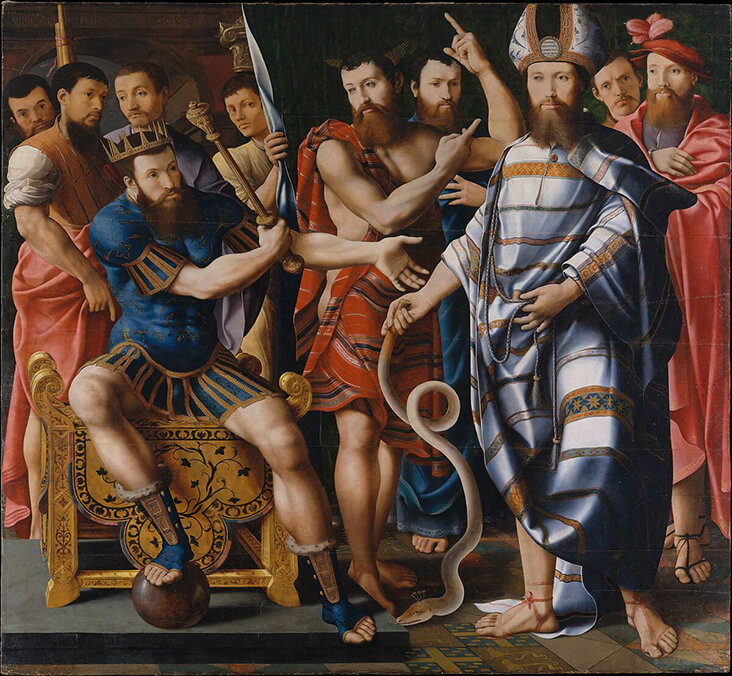
Moses and Aaron before Pharaoh: An Allegory of the Dinteville Family, Master of the Dinteville Allegory (Netherlandish or French, active mid-16th century)
Linen was a symbol of purity in Biblical times, and it is recorded in the prophets that angelic beings appeared, wearing fine linen garments (Ezekiel Chapters 9 and 10; Daniel Chapters 10 and 12; and Revelation Chapter 15). Revelation Chapters 15 and 19 also record that saints, slain as martyrs, are clothed in fine linen. Words such as “pure” and “clean” denote that the symbolism of righteousness as well as holiness was attached to the wearing of linen. The symbolism of spiritual distance from God is seen in the example of the garments of the Priest Joshua, as Satan rebukes him for standing before a Holy God wearing filthy linen garments (Zechariah Chapter 3).
Ancient Jewish sources note that when the priests had unremovable stains on their linen garments, or the garments had excessive wear, the garments were torn into strips and recycled for use as candle wicks. This fact is displayed in Isaiah’s commentary, where linen candlewicks are described (Isaiah 42).
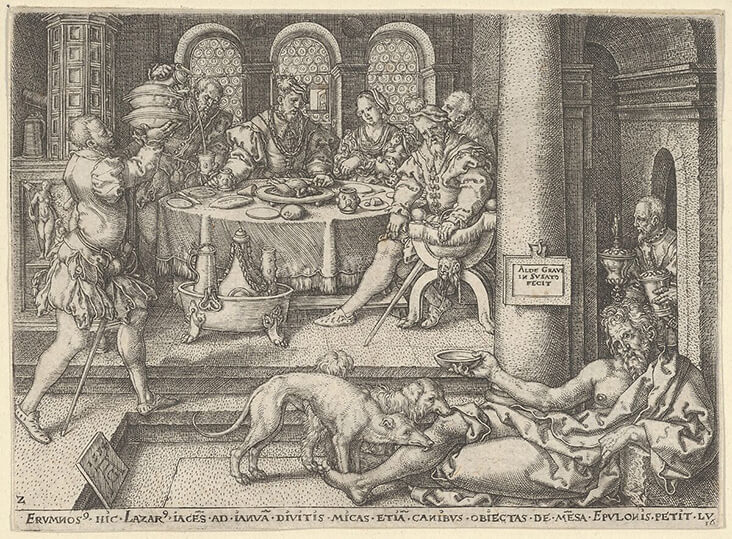
Lazarus at the Rich Man’s Gate, Heinrich Aldegrever, 1554 (Lazarus, in the foreground at right, raises a bowl)
Jesus’ parable of the Rich Man and Lazarus, details what some scholars believe to be the ‘typical’, unconcerned, linen-clad rich man, oblivious to the plight of poor, hungry and sick Lazarus.
Levitical law prohibited the weaving of linen fibers with wool- at least for the average people (Deuteronomy Chapter 22); only the High Priest had garments of linen and wool. Biblical scholars speculate that the reason God prohibited the mixing of the fibers, is that linen represents the plant kingdom, and wool represents the animal kingdom, with ritual sacrifice. It is thought that God looked upon linen as untainted by blood; no one has to slay an animal to get linen fibers.
There were two types of linen garments: the rough, unprocessed linen garments of the poor, and what the Bible describes as “fine” or “pure” linen of excellent quality, which only the rich could afford. Isn’t it interesting that the martyrs of Revelation are wearing “fine” and “pure” linen; even though it can be assumed that the martyrs were relatively poor at the time of their deaths!
As a matter of fact, the ‘ideal’ woman is described in Proverbs 31 as a woman who would make and sell garments! So, ladies, are you listening? Get busy and sew some!






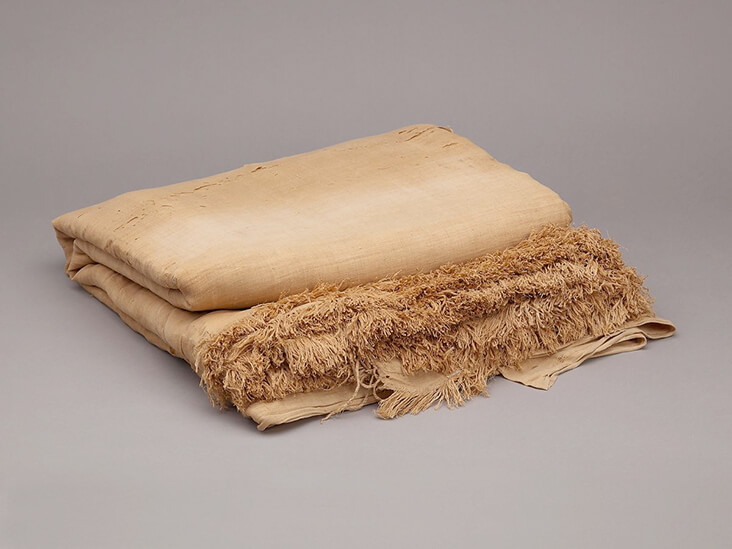
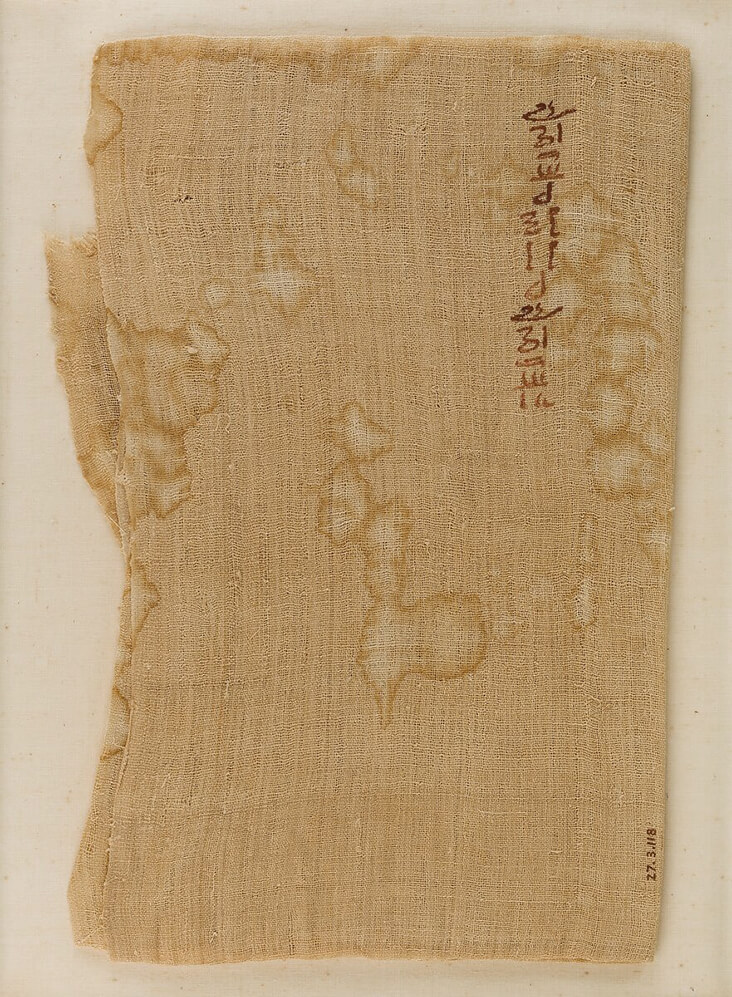
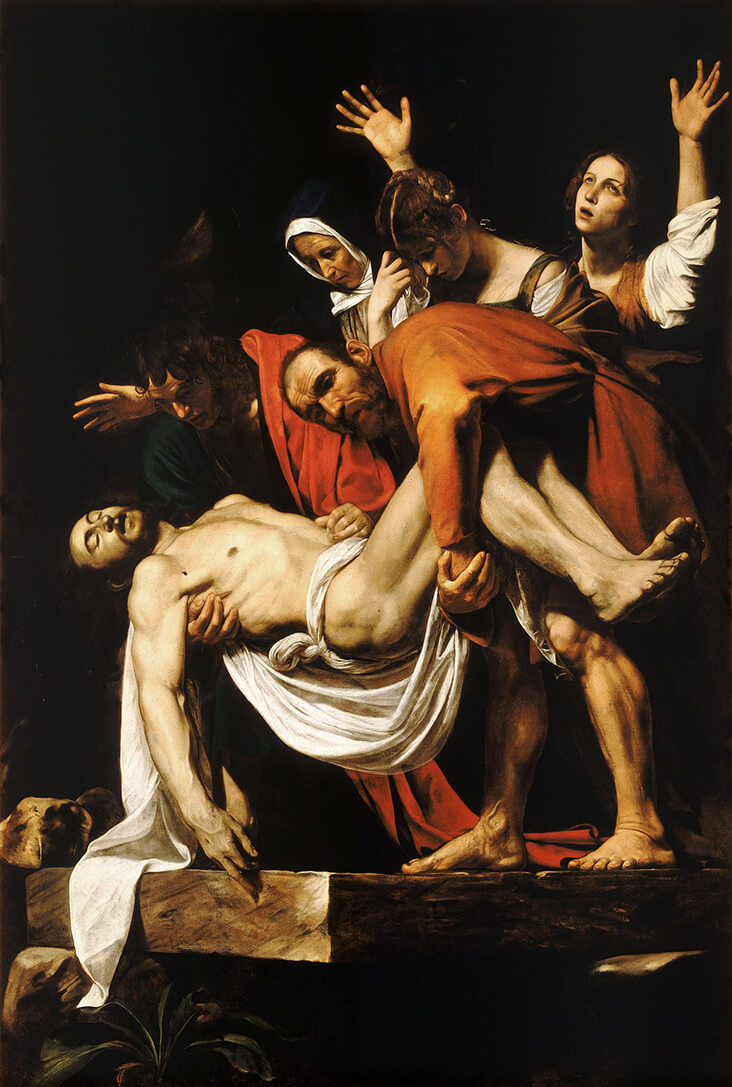
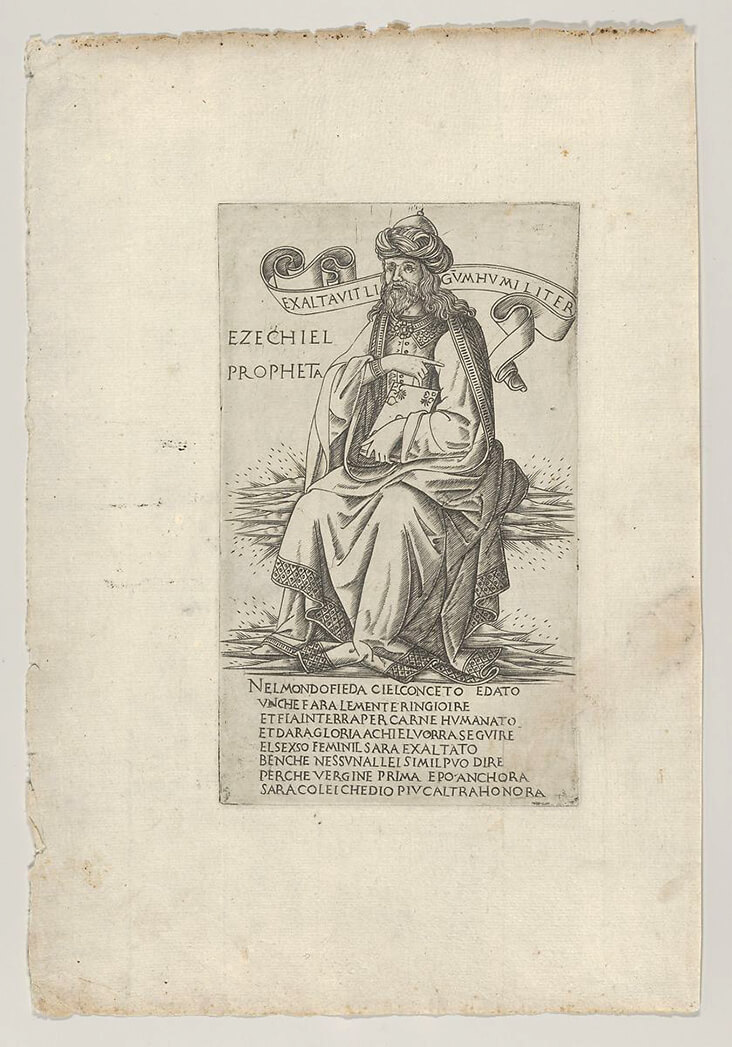

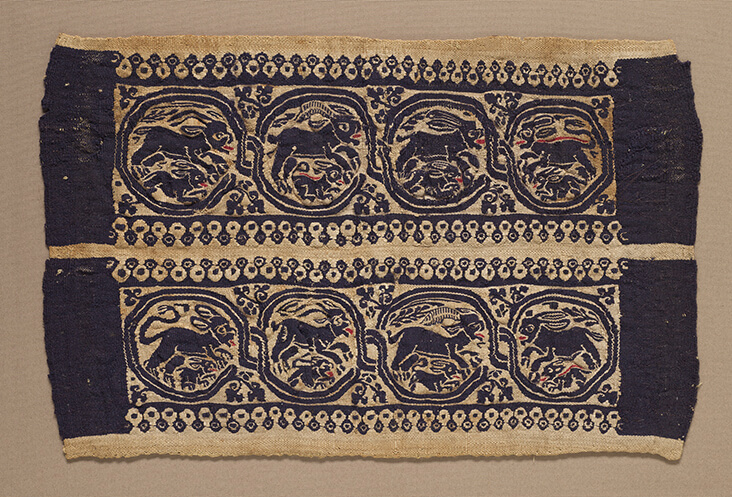








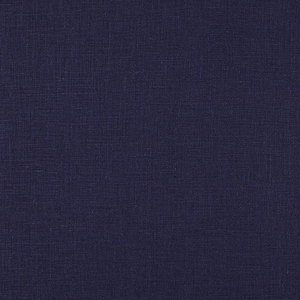





















10 Comments
Deborah Gildart-hanks
As a retired Pastor, I appreciate this great article!. And as a maker of custom Clergy Stoles for worship, I use your linen much of the time in constructing my stoles. It’s nice to have such a well-researched article to back up my favorite choice of fabrics!
kim Covey
Another interesting fact on linen/flax is that the flax fiber is one of the rare fibers that actually is stronger in tensile strength when wet than dry. That is why the Egyptians made all their lines to tie up their huge barges on the Nile with ropes made of flax fiber thousands of years ago.
Jill Keim
Thank you for this very interesting and informative article on the Biblical history of linen, and also the beautiful artwork included. Perfect timing too!
Love you products too! Keep up your great work.
Laura Andrews
This is fascinating. And thank you for treating the subject with respect instead of loading the article with snark. Interesting thoughts about the wool/linen mixtures. Did the priests wear garments of mixed fibers, or did they wear linen garments and wool garments? I can’t remember; I’ll have to look into it.
Kathryn Burnson
As a fiber artist I find this fascinating , thank-you ! I would also like to comment that wool as a fiber does not require the death of the sheep, I have many sheep that are sheared every year ( without their loss of life) and provide me with a lot of my handspun yarn and batting, however, linen being plant and wool being animal may very well be the reason. Now I am curious and will have to research this .
BTW~ LOVE your linen!
JoAnn Melton
I believe the Priests wore linen for several reasons. Because people didn’t shower everyday like today and they were traveling in the desert God instructed them to wash and wear line before entering the Holy of Holies for very practical reasons. In the Summer it is a breathable organic material and it Wicks moisture from skin 20% more than other materials. It was important that the Priest didn’t perspire while in the Holy of Holies because of the salts and mineral in their perspiration. The Arch was made of Gold and conducted static electricity. Nobel prize-winning Dr. Otto Heinrich Warburg assigned atomic frequency numbers to material substances. The atomic frequency measurement of linen fabric measured 5,000 mHz.
Deborah Gildart-hanks
That’s also really interesting!
Nancy Bee
This is jus beautiful and fascinating. The longer I’m on earth, the more important textiles become.
Mary McCormick
Thank you for publishing this on Christmas morning! And thank You, Deborah, for sharing your knowledge fascinating documentation.
Cassandra Tondro
So interesting! Thank you for this historical information. I’m amazed that those ancient linen pieces have survived.